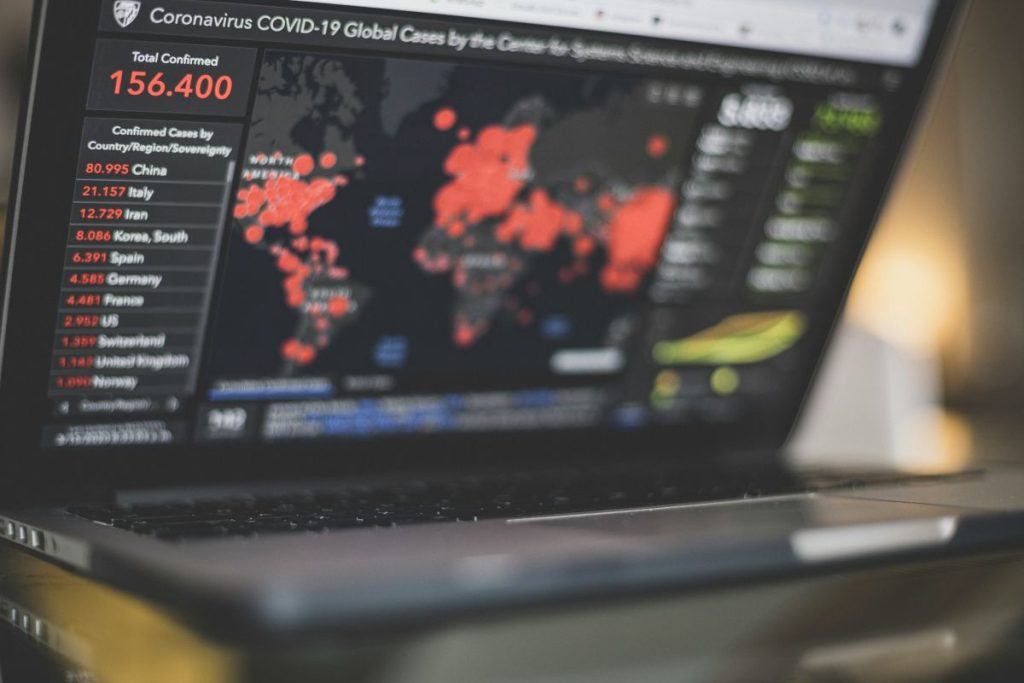Building Resilience in an Era of Disruptions
Since the pandemic, supply chain disruptions have become a constant headache for manufacturers. One day everything is running smoothly, and the next, a critical shipment is stuck at a port, a supplier has gone bankrupt, or an unexpected shortage has thrown production into chaos. These disruptions aren’t just occasional hiccups—they’re the new normal. That means businesses can no longer afford to be reactive. Instead, they need a proactive approach to assessing risks and putting plans in place to minimize the impact when (not if) the next disruption strikes. The problem is, that’s easier said than done. Not every company has a dedicated supply chain team, the right technology, or the resources to tackle these challenges head-on. But even with limited resources, there’s one highly effective way to get ahead of risk supply chain mapping.
The Power of Supply Chain Mapping
Even if you don’t have a massive budget, mapping the supply chain of a key product can provide valuable visibility for a modest investment. A visual representation—rather than a dense spreadsheet—makes it easier to see where safety stock and inventory buffers may be needed, helps identify risks and opportunities, and creates a roadmap for a more effective supply chain risk management strategy.
To get started, collect the necessary data and develop a visual supply chain map that outlines where materials are sourced, where suppliers obtain their materials, and where and how shipments move through the supply chain. This information can be summarized to create performance metrics for suppliers. An efficient mapping program does more than just outline logistics—it identifies weaknesses, risks, and opportunities while fostering a deeper understanding of supplier interdependencies and costs. Regularly updated, this data provides a dynamic view of the supply chain, revealing the geographic locations of suppliers, highlighting the most critical and at-risk materials, and ensuring visibility into sourcing strategies.
Mapping can also uncover previously unseen dependencies. Companies may realize they are more reliant on overseas shipping than they assumed or that critical materials are concentrated in a single high-risk region. These insights can prompt manufacturers to seek alternative sourcing options or build stronger contingency plans.
Steps to Effective Supply Chain Mapping
Gathering data is the first step. Identify key supply chains—such as high-volume or critical products—and compile detailed supplier data, including part numbers, lead times, and costs. Categorizing parts allows companies to spot trends, assess risks, and pinpoint areas for improvement.
Understanding supplier relationships is essential. Going beyond direct suppliers to analyze Tier 2 and Tier 3 suppliers is key to understanding vulnerabilities in sourcing raw materials or components. Building visibility at these levels helps in assessing risks that may otherwise go unnoticed.
Creating a visual supply chain map helps illustrate how materials and components move from suppliers to the manufacturing facility. Including transportation routes and shipping methods can reveal inefficiencies, excess movements, and risks related to weather or port congestion.
Developing a supplier risk index strengthens decision-making. Assessing suppliers on factors such as on-time delivery, responsiveness, quality consistency, and financial stability allows companies to assign risk scores. This risk score becomes a valuable tool for supply chain reviews and risk mitigation planning.
Analyzing and acting on findings is the final step. Regularly reviewing the supply chain map and risk scores allows businesses to anticipate and respond to potential bottlenecks or disruptions. Strategies such as alternative suppliers, adjusted order quantities, and increased safety stock can help mitigate risks. Implementing a structured risk-review process ensures that supply chain vulnerabilities are consistently monitored and addressed.
Strengthening Supplier Relationships and Future-Proofing Operations
In addition to risk mitigation, supply chain mapping provides insights into how companies can leverage their supply chain strengths. Categorizing and segmenting purchased parts, identifying hard-to-source materials, and distinguishing critical components all contribute to a more informed procurement strategy. Understanding supplier dynamics—whether a partner is relational or purely transactional—can also enhance long-term supply chain resilience.
Many manufacturers recognize the need to improve supply chain management but struggle with where to begin. Supply chain mapping offers a tangible first step, yielding valuable insights for supplier performance reviews and risk mitigation strategies. By taking a proactive approach, companies can build a stronger, more resilient supply chain that withstands disruptions and creates long-term competitive advantages.







